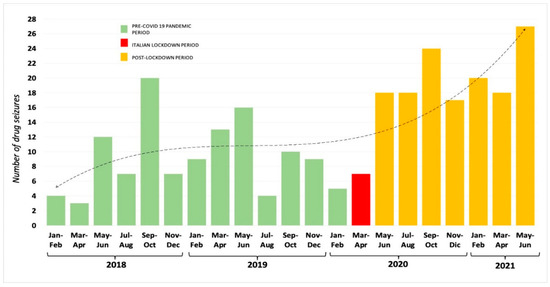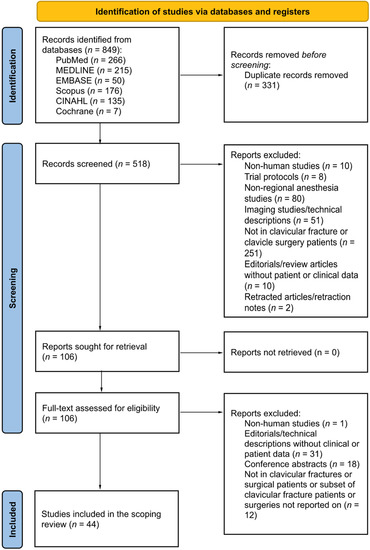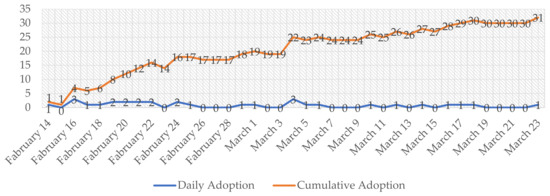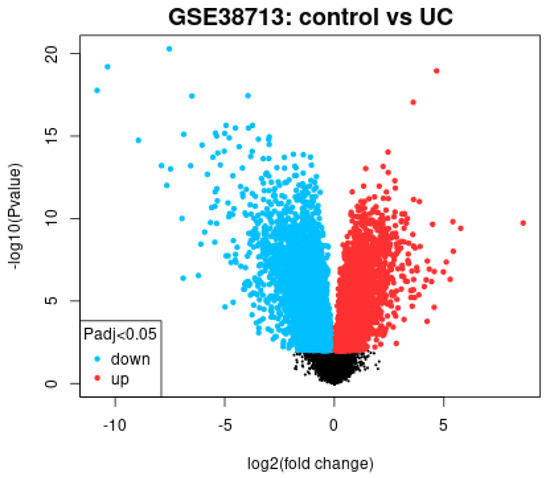Healthcare 2022, 10(8), 1490; https://doi.org/10.3390/healthcare10081490 - 8 Aug 2022
Cited by 1 | Viewed by 2232
Abstract
Tenofovir disoproxil fumarate (TDF) is associated with a risk of chronic kidney disease (CKD), especially in Asian populations. Data from the Thai national health insurance system was used to assess CKD incidence in patients receiving antiretroviral therapy in real-world practice. We analyzed data
[...] Read more.
Tenofovir disoproxil fumarate (TDF) is associated with a risk of chronic kidney disease (CKD), especially in Asian populations. Data from the Thai national health insurance system was used to assess CKD incidence in patients receiving antiretroviral therapy in real-world practice. We analyzed data from patients who initiated one of the following first-line regimens: zidovudine + lamivudine + nevirapine (AZT + 3TC + NVP); zidovudine + lamivudine + efavirenz (AZT + 3TC + EFV); tenofovir + lamivudine + nevirapine (TDF + 3TC + NVP); tenofovir + lamivudine/emtricitabine + efavirenz (TDF + 3TC/FTC + EFV); and tenofovir +lamivudine +lopinavir/ritonavir (TDF + 3TC + LPV/r). CKD was defined as glomerular filtration rate <60 mL/min/1.73 m2 for >3 months, or a confirmed 2010 WHO diagnosis (ICD-10 code N183, N184, or N185). Death competing risk survival regression models were used. Among 27,313 participants, with a median age of 36.8 years and median follow-up of 2.3 years, 245 patients (0.9%) were diagnosed with CKD (incidence 3.2 per 1000 patient-years; 95% CI 2.8–3.6). Compared with patients receiving AZT + 3TC + NVP, the risk of CKD measured by adjusted sub-distribution hazard ratio (aSHR) was 6.5 (95% CI 3.9–11.1) in patients on TDF + 3TC + LPV/r, 3.8 (95% CI 2.3–6.0) in TDF + 3TC + NVP, and 1.6 (95% CI 1.2–2.3) in TDF + 3TC/FTC + EFV. Among patients receiving TDF, compared with those receiving TDF + 3TC/FTC + EFV, the aSHR was 4.0 (95% CI 2.3–6.8) in TDF + 3TC + LPV/r and 2.3 (95% CI 1.4–3.6) in TDF + 3TC + NVP. TDF was associated with an increased risk of CKD, especially when combined with LPV/r or NVP.
Full article
(This article belongs to the Section Health Policy)
►
Show Figures











